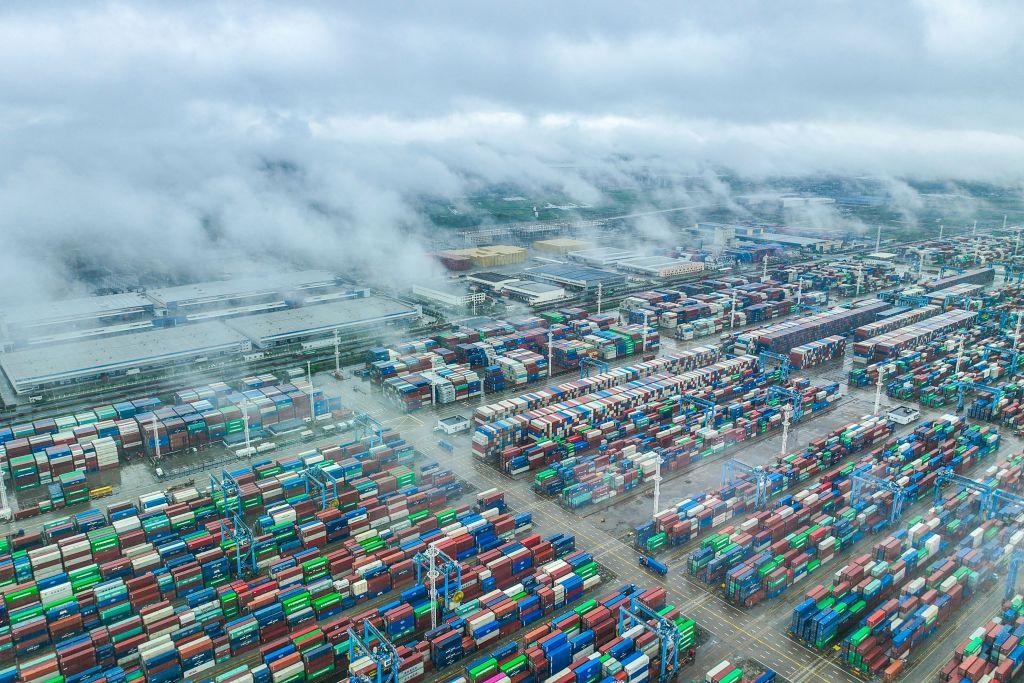China’s exports plummeted in July, exacerbating concerns that the post-pandemic recovery of the world’s second-largest economy is fading.
Exports from China fell by 14.5 percent year-over-year, to $281.76 billion, compared to the consensus estimate of a 12.4 percent slide. That marked the third consecutive monthly decline and the sharpest drop since February 2020, according to the General Administration of Customs.





